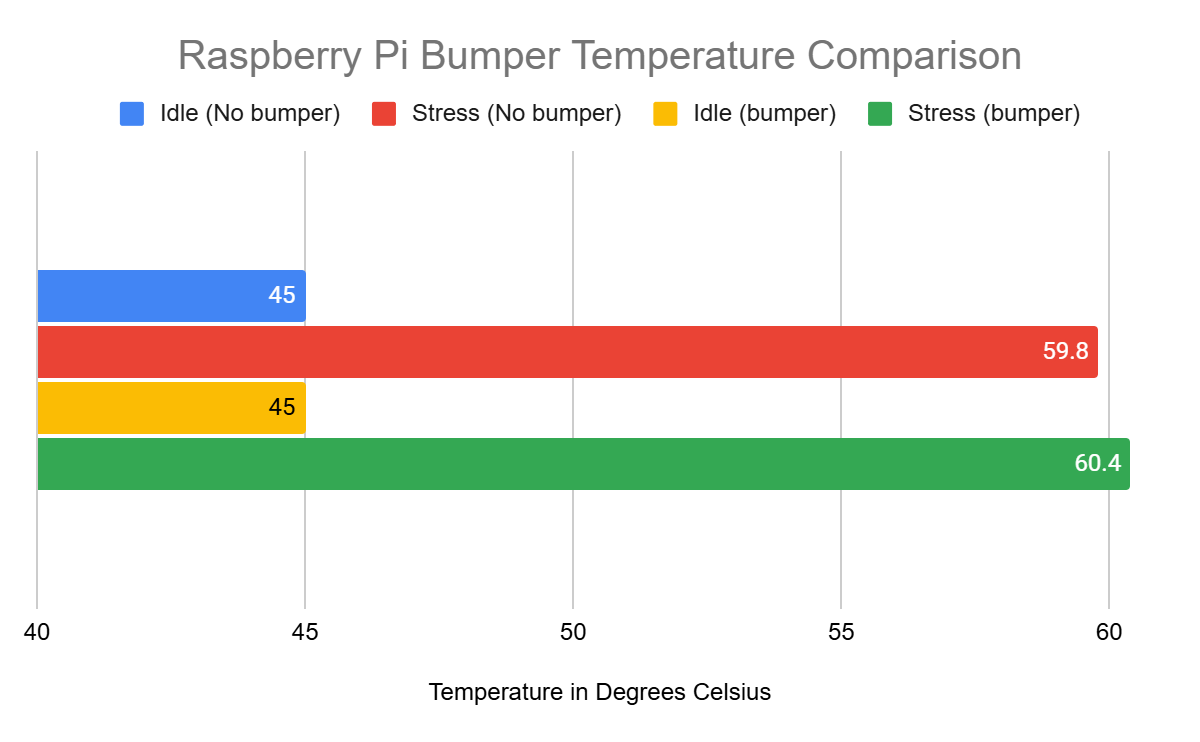Tom’s Hardware Verdict
For $3, this is a great way to protect your Raspberry Pi without restricting access. It doesn’t impact cooling, and it is really easy to “assemble”. If you’re buying some Raspberry Pi bits for the holiday season, throw one of these in the cart.
Doesn’t impact cooling

Sticks to the desk
Power button is easier to push
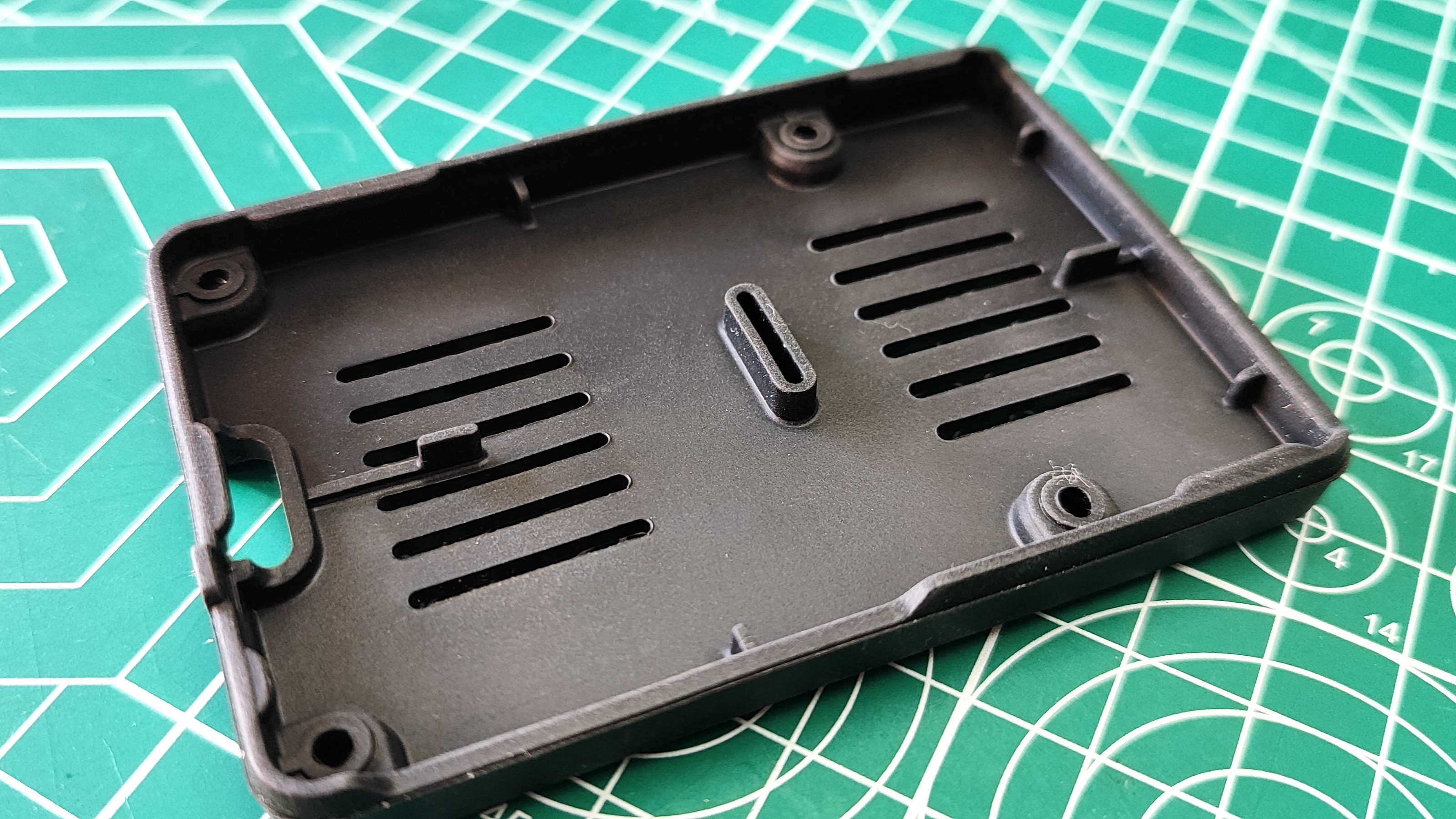
No restrictions to ports or GPIO
Cons
It’s not a case
Why you can trust Tom’s HardwareOur expert reviewers spend hours testing and comparing products and services so you can choose the best for you.Find out more about how we test.
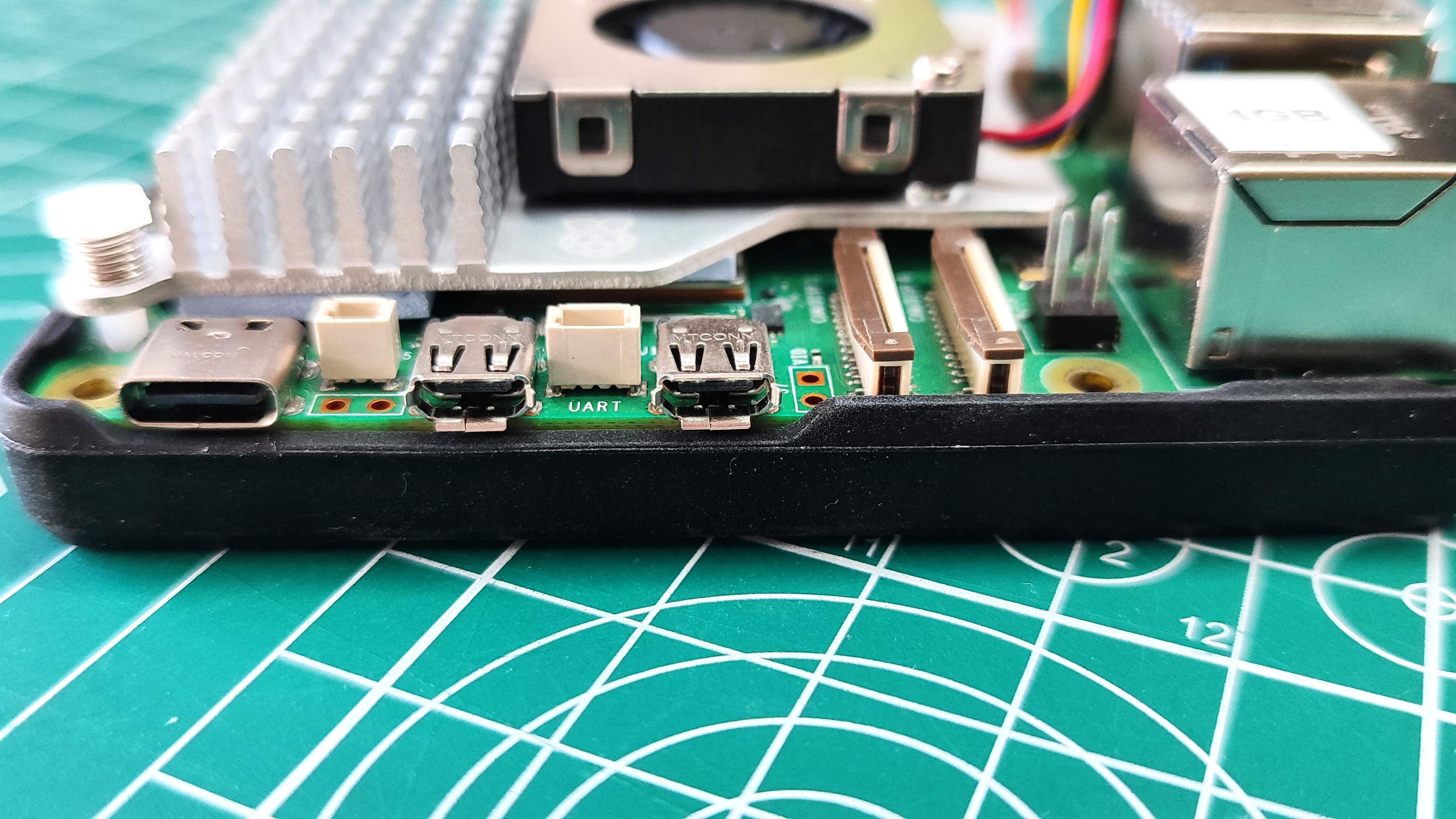
Raspberry Pi has been releasing a slew of products in 2024. We’ve had theRaspberry Pi Pico 2, theRaspberry Pi 5 2GB, a newAI Camera, as well as two AI boards (theRaspberry Pi AI Kitand theRaspberry Pi AI HAT+). That’s in addition to new Raspberry Pi branded A2 micro SD cards and SSDs. But a $3Raspberry Pi Bumperfor the Raspberry Pi 5 was something of a curveball.
This one-piece flexible silicone rubber bumper is exactly that. Not a case, more of a means to keep your Pi 5 stuck to the desk, and not shorting out on that errant screw you left sitting out.

But does it work? Does it interfere with the Raspberry Pi 5’s cooling? Is it any good? Let’s find out in what could possibly be my shortest ever review.
Raspberry Pi Bumper forRaspberry Pi 5 Technical Specifications
Raspberry Pi Bumper Assembly
With the power off and the micro SD card, gently place the bumper on the underside of the Raspberry Pi 5. I found that working from the micro SD and “snapping” the corners into place was the easiest way. Once on, all of the ports are accessible and the micro SD card slot has its own cut-out for easier access. The power button is also easier to use, which sounds stupid, but the rubber coating does make it softer to press.
If you are using any NVMe storage boards, likePineboard’s HatDrive! BottomorPimoroni’s NVMe BaseandNVMe Base Duo, then you are not going to be able to use the Bumper. If you are using an NVMe drive that attaches to the top of the Pi 5, like the officialRaspberry Pi M.2 HAT+,Pineboard’s HatDrive! NanoorHatDrive! Topthen you are good to go
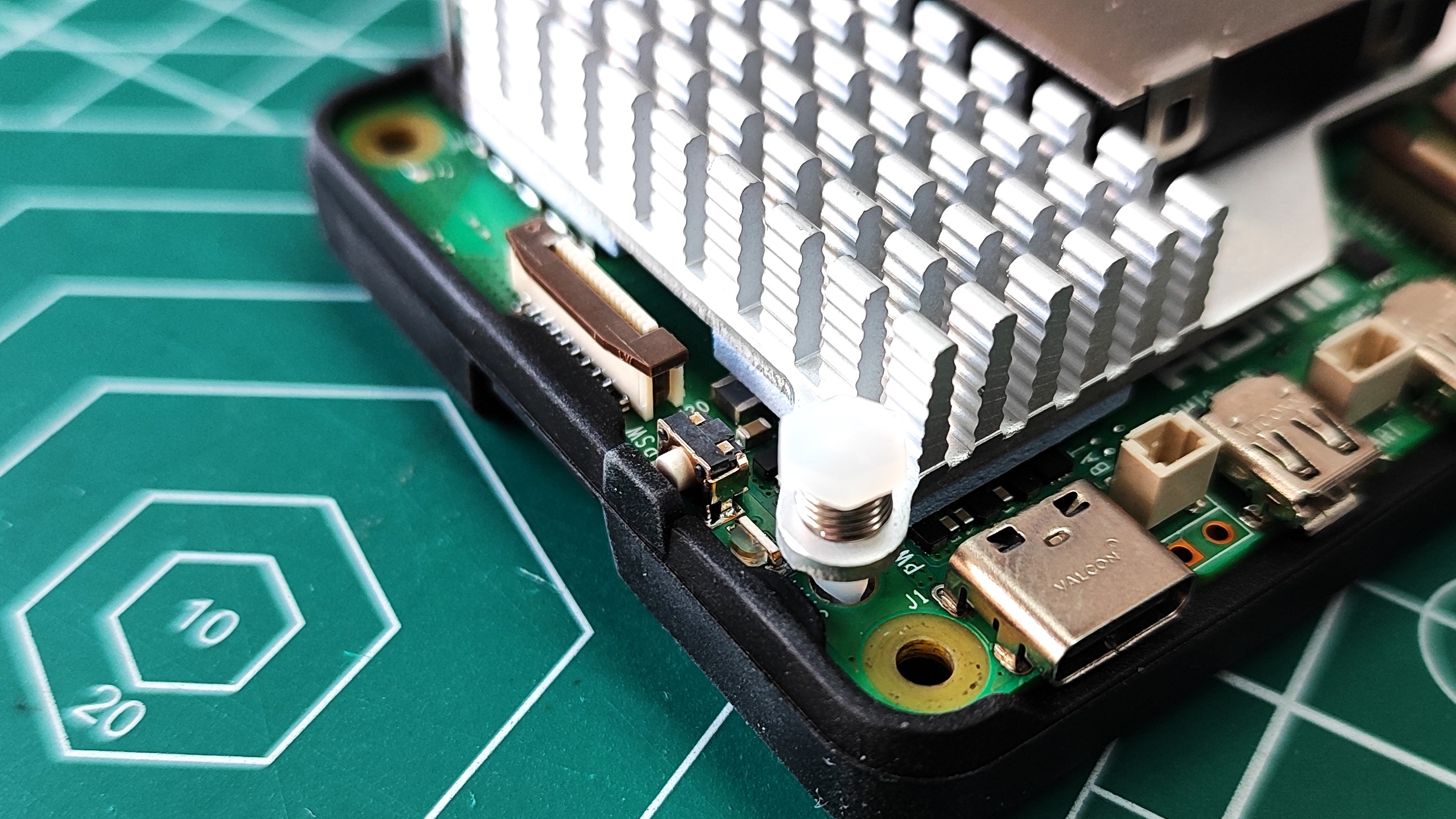
Raspberry Pi Bumper General Operation
With the bumper in place, my Raspberry Pi 5 was no longer skidding round my desk like a scene fromThe Fast and the Furious. It stayed in place on my cutting mat, and on my Ikea desk it didn’t budge when I poked it. It will move if enough force is applied, but the silicone rubber keeps it in place while also providing protection to the underside of the board. We’ve all accidentally shorted a component by resting it on something conductive, and this bumper lessens the chance of this happening to the Pi 5. There are 12 cut-outs on the underside of the bumper, used to draw cool air into the underside of the Raspberry Pi 5. The underside of the Pi 5 is also raised slightly from the bumper to allow for air to move.
All of the ports are accessible, with cut-outs to accommodate your cables, and in the case of the micro SD card slot there is a special cut-out which sees the micro SD card now flush to the perimeter of the bumper case. If you do any GPIO work, use any of the best HATs then fear not as this case does not impede your work.
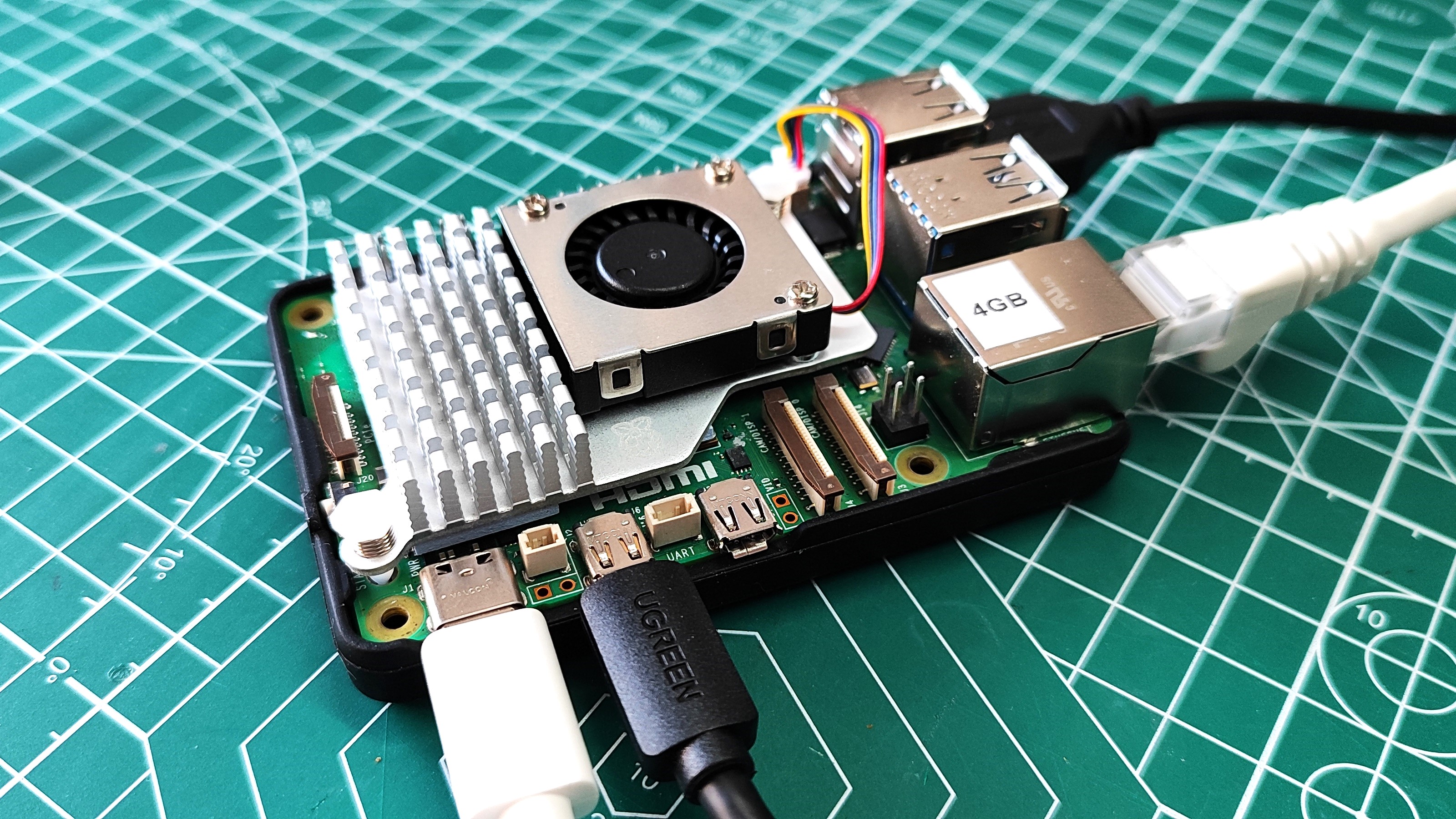
Does the Raspberry Pi Bumper Impact Thermal Performance?
The short answer, no. But I did run a stress benchmark to show that there is little difference. The test was completed using my usual benchmark test which logs data to a CSV file for analysis in a spreadsheet. The Raspberry Pi 5 4GB was not overclocked, running at the stock 2.4 GHz (1.5 GHz at idle).
The results are not very exciting. If you were expecting a massive heat issue, then I’m sorry to report that the Raspberry Pi Bumper does very little to impact thermals. With no case, just a bare Raspberry Pi 5 on my desk, with the Active Cooler on, the Raspberry Pi 5 idle temperature was 45 degrees Celsius. Under stress this jumped to 59.8 C, with the Active Cooler kicking in at 50 C to gently blow the heat from the heatsink.
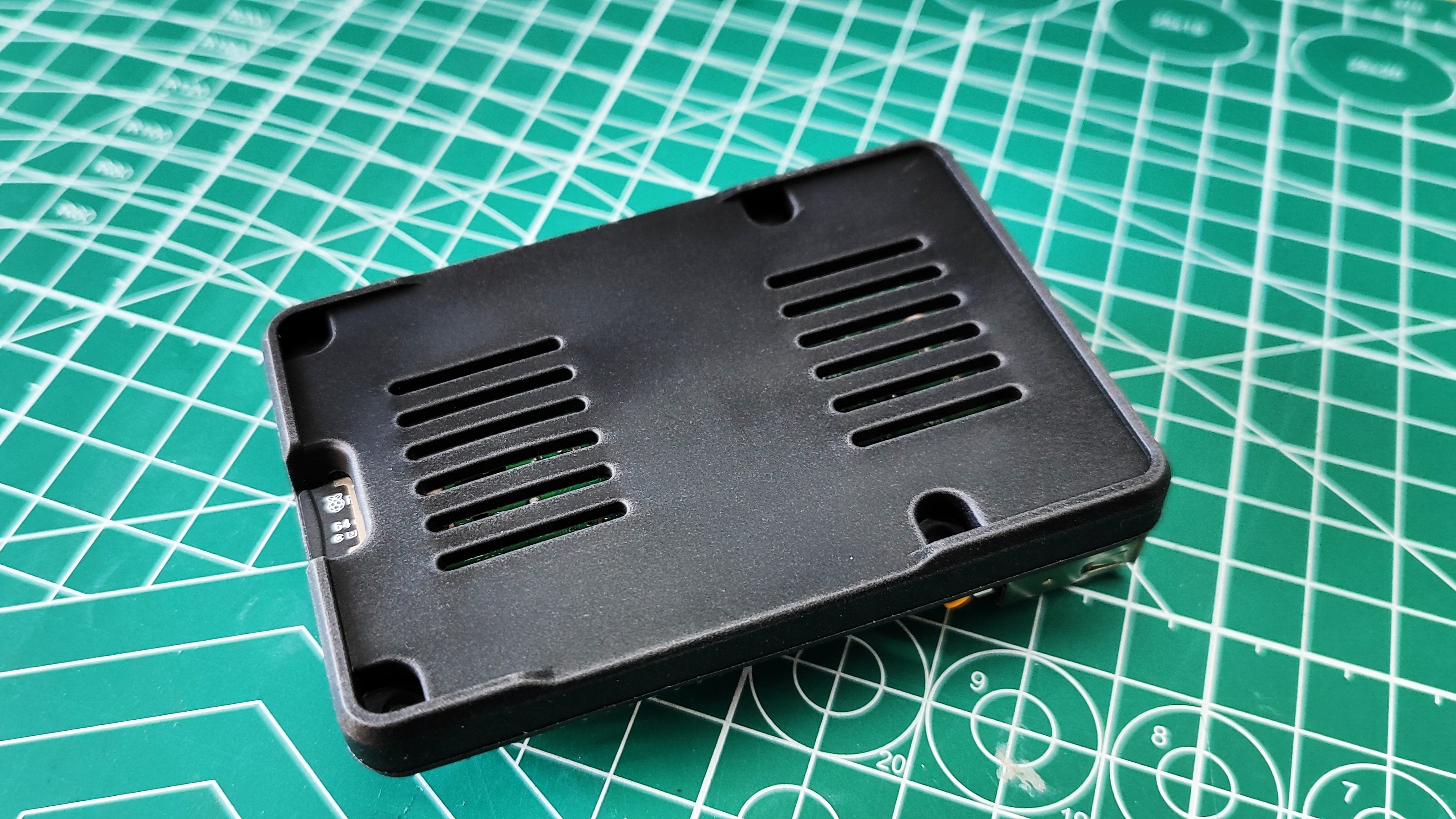
With the bumper on and the Active Cooler on, the idle temperature was 45°C, and stress hit 60.4 C! A 0.6 C difference between no bumper and bumper. Suffice to say, your Raspberry Pi 5 is perfectly fine in the bumper case.
Who is the Raspberry Pi Bumper for the Raspberry Pi 5 for?
I can see the bumper being useful in the classroom, the makerspace and your home workshop. It stops the Pi 5 sliding around, but keeps access to every single port and GPIO pin. This means we can hack around and not chase out Pi 5 across the desk when we plug in that heavy HDMI / Ethernet / power cable that pulls the Pi away from us.
The Raspberry Pi Bumper for the Raspberry Pi 5 is “just” a silicone rubber sleeve, and many of you will be thinking that you can 3D print your own, probably using one of thebest budget 3D printers. But the cost of electricity, filament and wear and tear on your machine won’t leave you much change from $3. If Raspberry Pi ever releases a Bumper STL, we will be printing it in TPU, just for fun.
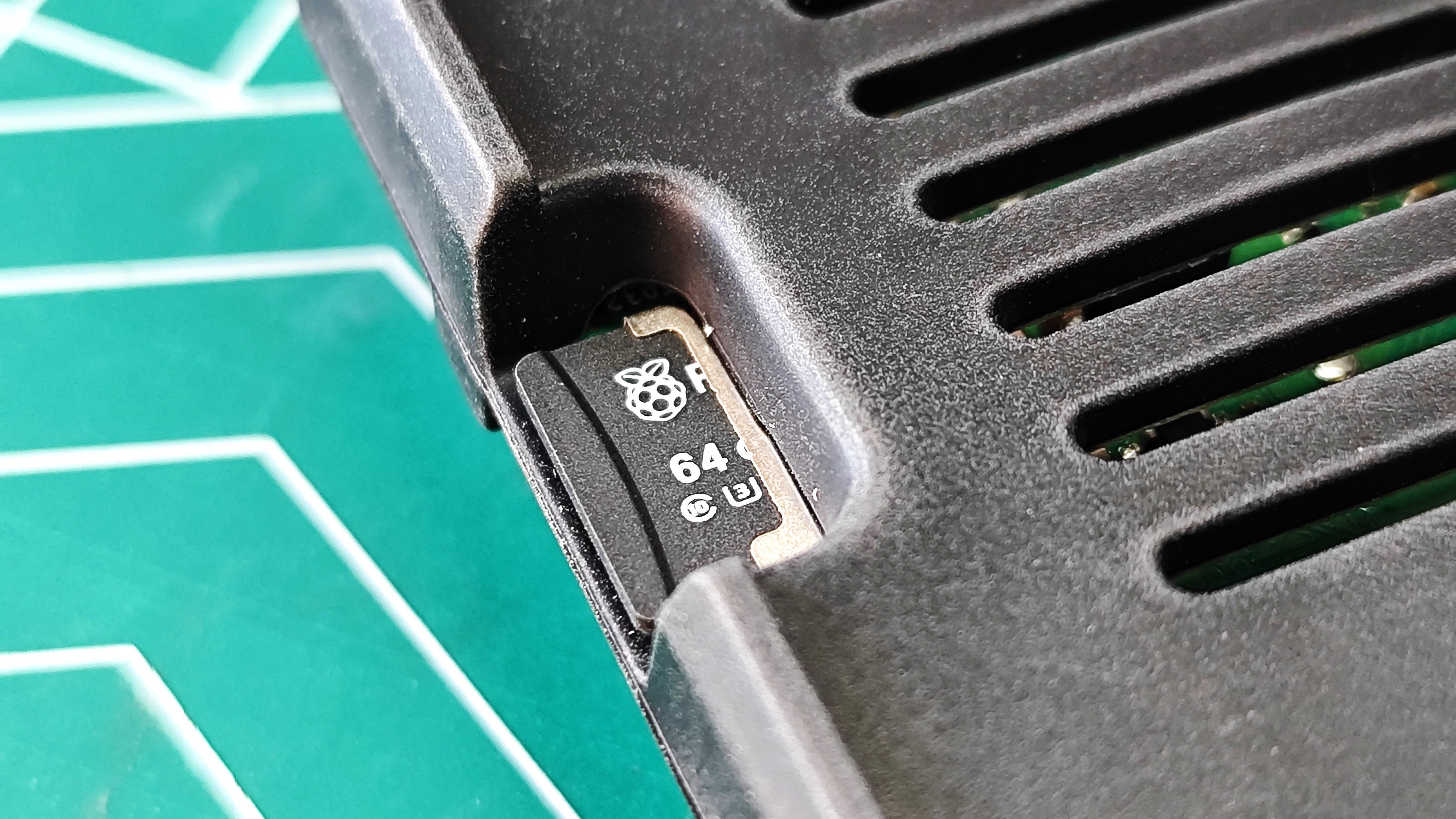
Bottom Line
It’s $3, so it’s not a huge expense to grab a Raspberry Pi bumper for when you’re hacking on your Pi 5. If you want a case, then this isn’t for you. It won’t protect the GPIO pins, nor make the Raspberry Pi 5 look more like an appliance for your lounge / office. It’s not a groundbreaking innovation, but it is a genuinely useful product that provides some protection, without getting in the way.
Les Pounder is an associate editor at Tom’s Hardware. He is a creative technologist and for seven years has created projects to educate and inspire minds both young and old. He has worked with the Raspberry Pi Foundation to write and deliver their teacher training program “Picademy”.
